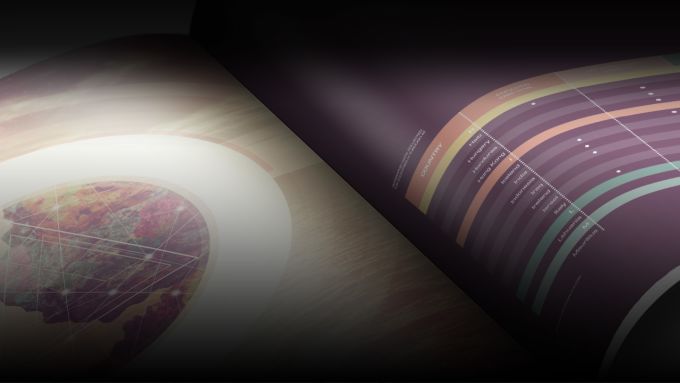

The second type of mockup is the one you use to present your design to clients. You can use wireframing tools and mockup tools to create these website mockup designs. The first type of mockup is the concept design of the website you make to get your client’s approval. When it comes to web design, there are two types of mockups that you need to be aware of.
ADOBE INDESIGN CC WEBSITE MOCKUP HOW TO
We’ve collected some of the best free and premium website mockups you can use to present your next website design to your clients.īook Cover Mockup PSD & JPG Poster Mockup High Res Responsive Mockup Web Showcase Flyer Mockup Fully Layered iPhone Mockup Light & Dark iPad Mockup Fully EditableĮxplore Mockup Templates How to Create a Website Mockup Perspective website mockups let you showcase your layouts from different angles, making your designs look more like real products instead of just a static mockup. Something that helps you display your website design uniquely and attractively that renders your clients speechless.

When choosing a mockup template to showcase your design, you ideally want to choose a mockup design that looks out of the ordinary. Whether you’re working on a website design or a logo design, the way you present your designs to your client determines your level of professionalism. Proper presentation is the key to delighting your clients. This collection of website mockup PSDs is perfect for doing just that, and we’ll also share our favorite website mockup tools, and tips for creating your website mockup! Selecting a region changes the language and/or content on .60+ Best Website PSD Mockups & Tools 2023 On:Ī great website mockup design can help to present your web design in a beautiful, unique way.

Other than Photoshop when you are creating high-resolution colorĬomposite proofs or separating a document in‑RIP or from a composite For best results,ĭo not include DCS 1.0 files or DCS 2.0 files created in programs InDesign can rebuild a composite image from DCS 2.0 or 1.0 separationsįiles, if the files were created in Photoshop. (The sole exception is made forĨ‑bit DCS files that were created in Photoshop and that do not contain vector In most cases, color separations files associated withĪ DCS image are excluded when you export or print a composite toĪ PDF, EPS, or PostScript file. InDesign recognizes clipping paths in Photoshop-createdĭCS files are intended to be used in a preseparated, host-based Panel in InDesign.) The DCS 1.0 format supports CMYK files without spotĬhannels. (These spot channels appear as spot colors in the Swatches The DCS 2.0 format supports multichannel CMYK files with multiple For final output, either InDesign or your prepress service provider can automatically replace the proxies with high-resolution versions.Ĭolor Separations (DCS), developed by Quark, is a version of the standardĮPS format. EPS isn’t ideal for online publishing in HTML, but it works well for online publishing in PDF.ĮPS files can contain Open Prepress Interface (OPI) comments, which let you use fast, low‑resolution versions ( proxies) of images for positioning on a page. This format includes all of the color and image data required to color-separate DCS images embedded in the EPS graphic. EPS allows for prepress-quality resolution, precision, and color. When you import an EPS file, any spot colors it contains are added to the Swatches panel in InDesign. InDesign recognizes clipping paths in Photoshop-created EPS files. Since PostScript cannot normally be displayed onscreen, InDesign creates a bitmap preview for an EPS file for onscreen display. Typically, EPS files represent single illustrations or tables that are placed into your layout, but an EPS file can also represent a complete page.īecause they are based on the PostScript language, EPS files can contain text, vector, and bitmap graphics. The Encapsulated PostScript (EPS) file format is used to transfer PostScript language artwork between applications, and is supported by most illustration and page-layout programs.


 0 kommentar(er)
0 kommentar(er)
